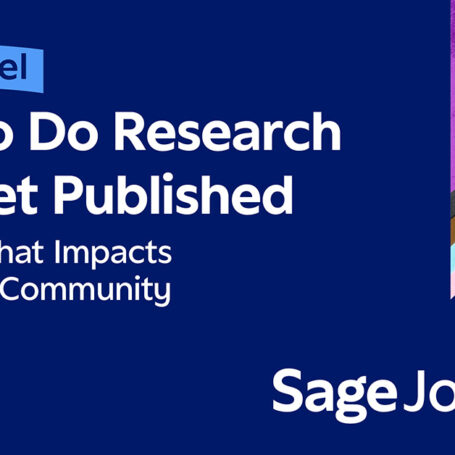Watch the Webinar: What Should Impact Assessment Look Like for Social Science?
A decade ago, the San Francisco Declaration on Research Assessment, or DORA, tackled the pressing need to improve how funders, institutions, policy makers and others evaluated scientific research and its outputs. Existing measures, centered on scholarly citation, tended to use where the outputs were published as a proxy for the research’s quality, utility, and impact, measuring all disciplines with the same yardstick.
In the decade since, various efforts to improve assessment and measure societal impact have launched that downplay or even eliminate literature-based measurements. Ideas for these new measures focus on impact in the real world, address disciplinary differences such as those between social science and physical science, and offer useful tools for researchers and end-users alike.
This webinar, subtitled “A Decade of DORA: Lessons Learned for Social and Behavioral Science ,” saw panelists from the U.S. Social Science Research Council, Canada’s Social Sciences and Humanities Research Council, and Georgia Tech (and formerly the National Science Foundation), discuss:
- What does impact assessment look like from their perch?
- What should it look like?
- How have their perspectives on impact changed over the last decade?
- What changes would they like to see 10 years from now?
- What necessary next steps should be taken – whether immediately practical or aspirational?
Speakers
Anna Harvey | President at the Social Science Research Council; Professor of Politics, Data Science, and Law and Director of the Public Safety Lab at New York University
Anthony Michel | Senior Policy Advisor to the Vice-President of Research, Social Sciences and Humanities Research Council of Canada
Cassidy Sugimoto | Professor and Tom and Marie Patton School Chair in the School of Public Policy at Georgia Institute of Technology, and former program director for the Science of Science and Innovation Policy program at the National Science Foundation
























































































